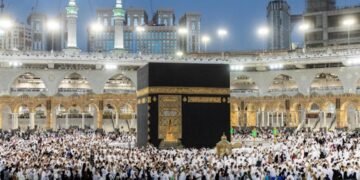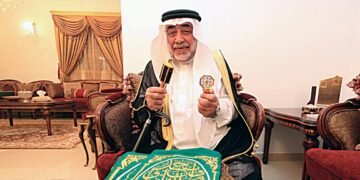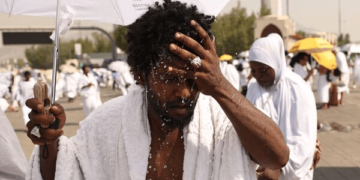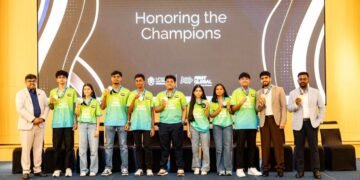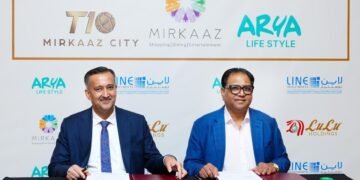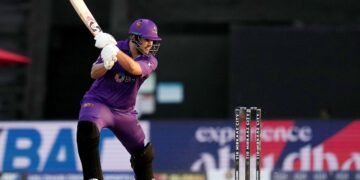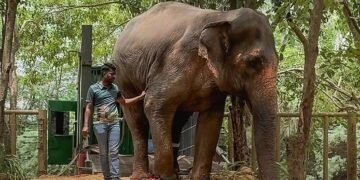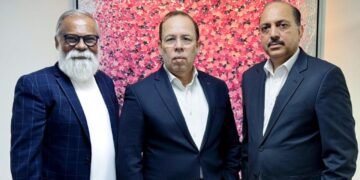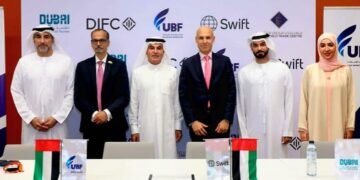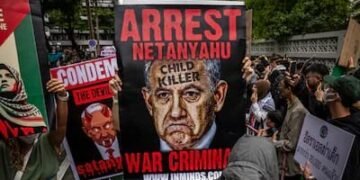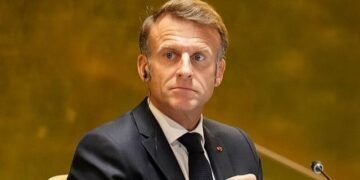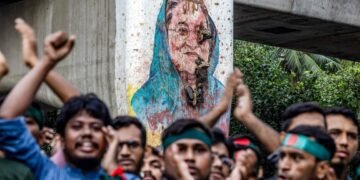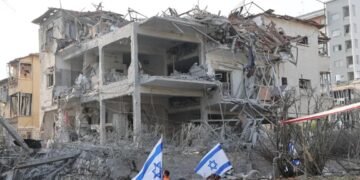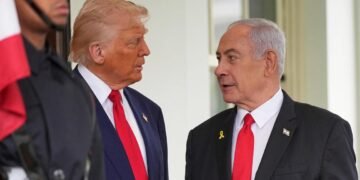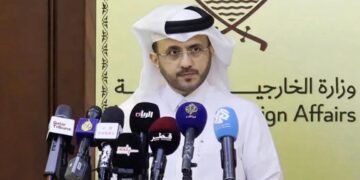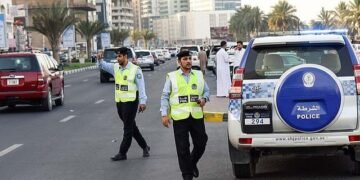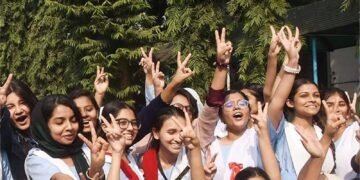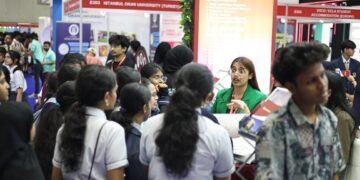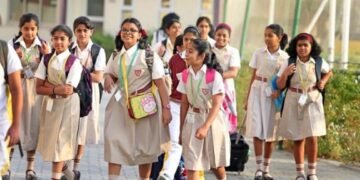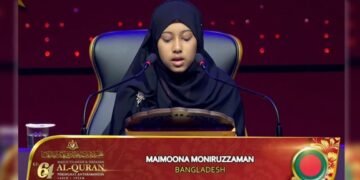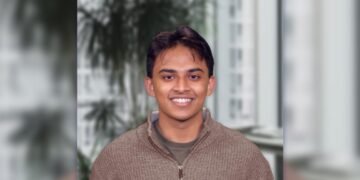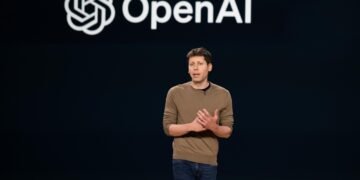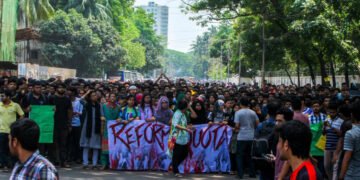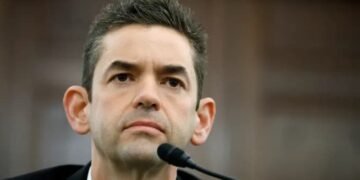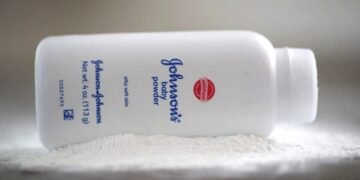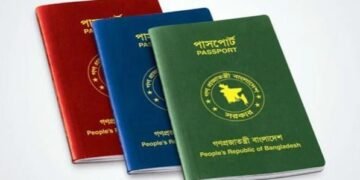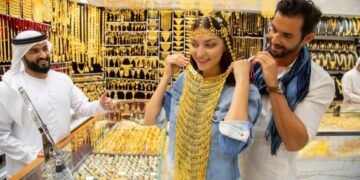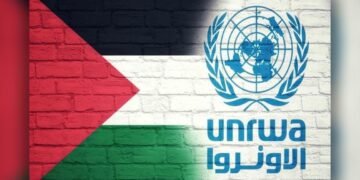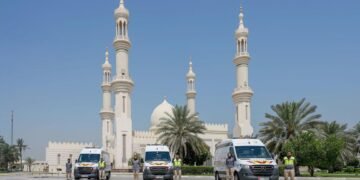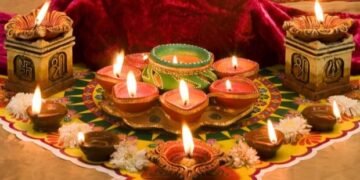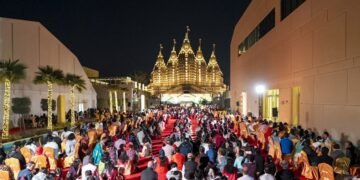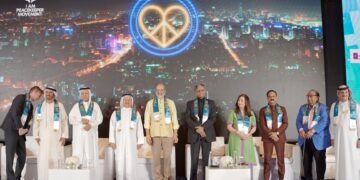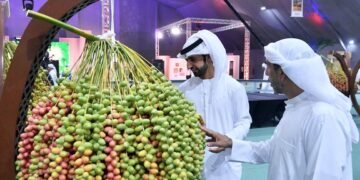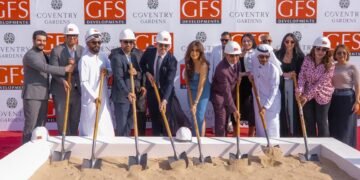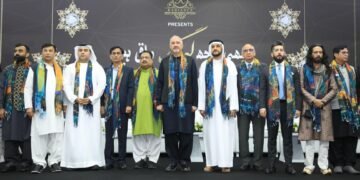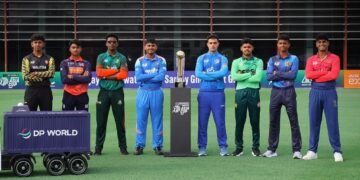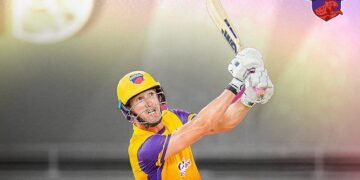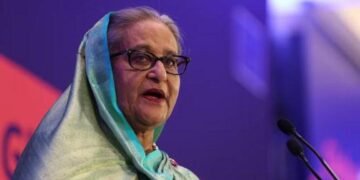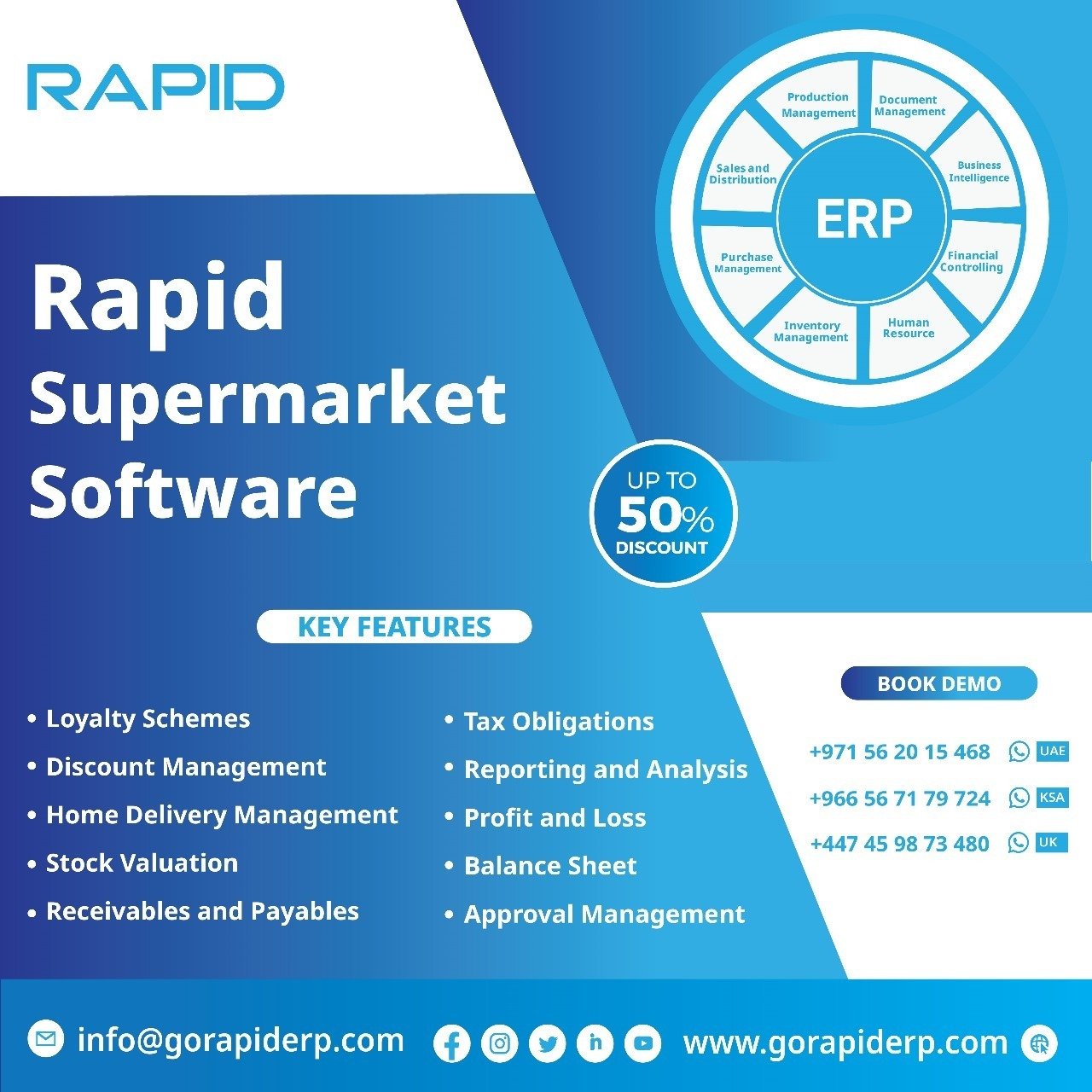Here’s a recap of the major accomplishments and laboratory experiments conducted by Sultan AlNeyadi
It feels like it was only yesterday but UAE astronaut Sultan AlNeyadi is about to conclude his six-month space mission and come home this weekend.
AlNeyadi and his Crew-6 mates (Nasa astronauts Stephen Bowen and Woody Hoburg, and Roscosmos cosmonaut Andrey Fedyaev) docked on the International Space Station on March 3. The orbiting laboratory, which is 400km above Earth, has been their home and workplace since then.
They’ve completed a total three spacewalks, including AlNeyadi’s first on April 28, and numerous experiments in microgravity. AlNeyadi himself has been a subject of scientific studies on how microgravity affects the human body.
First spacewalk and longest space mission
AlNeyadi, dubbed as Sultan of Space, made history twice for the Arab world – first as the pioneering Arab astronaut who went for a long-duration space mission and the first Arab space explorer who took a giant step for the Arab world when he completed a historic spacewalk outside of the ISS on April 28 this year. These two accomplishments alone elevated UAE’s stature in space exploration.
Advancing cardiovascular research
AlNeyadi installed in June the Protein Crystal Growth Experiment (PCG) on board ISS’s Kibo module. The PCG experiment is focused on the protein molecule GIRK2 (G-protein-gated inwardly rectifying potassium). This molecule is instrumental in controlling heart rate and has connections with several serious conditions, including epilepsy, cardiac arrhythmias, and addiction. The objective of developing high-quality crystals of GIRK2 is to know the creation of treatments targeted at heart conditions influenced by this molecule.
BioFabrication research
Another science investigation conducted by AlNeyadi involved testing technology in space that involved 3D-printing a knee cartilage tissue. Called BioFabrication Facility, the portable equipment could one day allow doctors to treat injuries in space and remote locations on Earth. The experiment can also help improve daily life on Earth, from vaccine development and purifying water to improving baby formulas.
Research on pathogens in space
AlNeyadi has also taken part in a host-pathogen experiment to understand the effects of stress hormones on the astronaut’s immunity system. Adnan AlRais, Mission Manager, UAE Astronaut Programme, explained: “The host-pathogen study is one that will change and impact our knowledge in space biology. It will potentially improve our response to immunity threats and build a stronger foundation of study on how astronauts’ immunity can be better maintained in space.”
Conducted in collaboration with Nasa’s Johnson Space Centre, the experiments also shed light on how pathogens that trigger chickenpox in children and shingles in adults are usually dormant unless activated, thus compromising immunity.
Experiment while sleeping
In space, even taking a sleep is a form of experiment. While AlNeyadi was wrapped in a sleeping bag attached on the wall, he was wearing a dry-EEG (electroencephalogram) headband that is used to measure electrical activity in the brain. It was used to monitor his sleep quality aboard the ISS. It was also used to assess the effect of Cognitive Behavioural Therapy to reduce stress and help crewmembers to fall asleep.
Cardinal Heart 2.0 experiment
The Emirati astronaut also carried out two investigations that tested clinically approved pharmaceutical drugs to reverse the negative effects on human heart cells and tissues caused by prolonged exposure to the space environment.
AlNeyadi earlier explained: “Through this experiment, we are exploring the effects of clinical drugs on heart cells in microgravity using heart tissues. Discoveries from such studies could help prevent cardiovascular risk for space explorers and patients with heart disease on Earth.”
Growing food in space
Early in his stay aboard the ISS, AlNeyadi shared on social media pictures of Nasa’s Veg-05 space botany research. AlNeyadi harvested tomatoes grown in the space laboratory as par to the study to learn the impact of light quality and fertiliser on fruit production, microbial food safety, nutritional value, taste acceptability by the crew, and the overall behavioural health benefits of having plants and fresh food in space.
AlNeyadi also installed the rhodium science chambers in the variable gravity simulator as part of the study called Efficient and Resilient Biomanufacturing in Variable Gravity. AlNeyadi’s experiment will help “answer fundamental questions about future space biomanufacturing feasibility by quantifying current biomanufacturing performance in space. In theory, space biomanufacturing can substantially reduce mission costs,” Nasa previously noted.
Water recycling in space
Water is a very precious resource in space and AlNeyadi worked on the continuous supply of potable water aboard the ISS. The water recycling is part of the ISS’s regenerative life support hardware called Environmental Control and Life Support System which provides clean air and water for the crew.
Mission to Mars
AlNeyadi also took part in a research designed to make long-term missions in deep space possible. Part of his task was to retrieve hardware that was exposed to microgravity from the airlock of Kibo module. Nasa said earlier: “The space physics gear, containing a variety of materials, had been placed outside the station and exposed to the harsh vacuum of space… to study how extreme temperatures, radiation and micrometeoroids affect materials, coatings and components. Results may improve the design of space hardware promoting long-term mission success.”
Source: KHALEEJ TIMES




